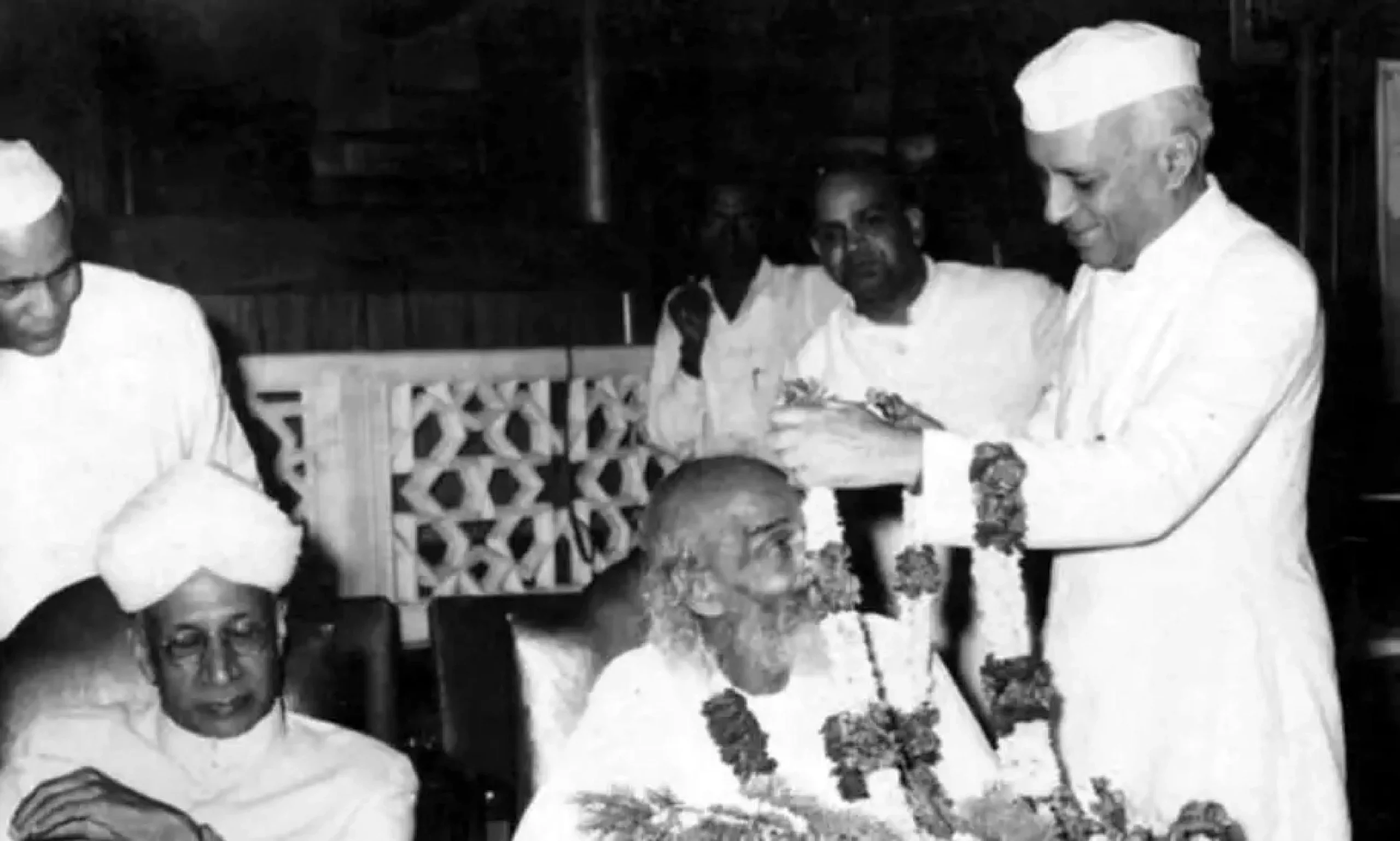In the recently held state assembly elections across five states, the Bhartiya Janata Party (BJP) achieved significant victories in three North Indian Hindi-speaking states – Madhya Pradesh, Chhattisgarh, and Rajasthan. Conversely, the Congress Party, the primary contender in these states, faced defeat but managed to form a government in the southern state of Telangana. The outcomes have sparked discussions on the political and electoral landscape, with a perceived ‘north-south divide’ gaining attention among politicians and media circles.
Senthil Kumar, a Member of Parliament from the Dravida Munetra Kazhgam (DMK), recently made a statement in Parliament, suggesting that the BJP might only win in Hindi-speaking ‘gaumutra’ states. This remark triggered a heated debate in political and media circles, leading to a flurry of reactions on social media.
The term ‘Hindi belt’ (patti) is being used for nine Hindi-speaking states, including Uttar Pradesh, Bihar, Madhya Pradesh, Chhattisgarh, Rajasthan, Haryana, Jharkhand, Delhi, etc. According to the 2011 census, 43.6 percent of Indians claim Hindi as their mother tongue, while approximately 58 percent are recorded as Hindi speakers. The term ‘cow belt’ historically represented the agrarian economy of the Ganga-Jamuna basin, where these Hindi-speaking states are located. However, in a more satirical context, the DMK parliamentarian used the term in a regressive manner.
Earlier, these states were also called ‘Bimaru’ states by policymakers during the Congress government. Interestingly, demographer Aashish Bose submitted a report on the development of these regions to PM Rajeev Gandhi, coining the term ‘Bimaru’ to denote the underdevelopment of these regions. Although PM Rajeev Gandhi accepted that report, it created a lot of controversy among political circles and politicians in these regions, eliciting sharp reactions against using such an acronym for these states.
In my view, terms and comments like ‘Hindi Patti’ emerge due to a kind of elitism present in a section of English elite academics, journalists, and a few non-Hindi speakers. Sometimes, the growing political importance of politicians from Hindi-speaking regions creates competitive jealousies among the non-Hindi political class in the country. The derogatory identities of others are used by narrators to show identity-based superiority. In doing so, we forget that such attempts may hurt the public of these regions, producing invisible wounds in their psyche and mentalities (manas). These identity wounds may reflect in electoral reactions among voters, becoming the cause of the victory and defeat of political forces during elections.
This statement by the DMK leader comes at a politically sensitive time—the time of the upcoming parliamentary election in 2024. The DMK is part of the I.N.D.I.A alliance, set to contest in these Hindi patti regions in the upcoming election. Whatever emerges from the political reflections of DMK leaders is not going to affect the DMK alone but also political parties like Congress, the Samajwadi Party, and the JDU-RJD alliance significantly. Notably, Uday Nidhi, the son of Tamil Nadu Chief Minister M.K. Stalin and a youth leader of the DMK, made a statement against Sanatan Dharma. During our fieldwork, we observed that this statement by Stalin created public opposition against Congress because Congress did not criticize it strongly. Sanatana saints and Mahatma launched a campaign against Congress in states like Madhya Pradesh, Chhattisgarh, and Rajasthan during the recently concluded elections. Sanatan Saint Rambhadracharya led a public campaign through lectures, pravachan, etc., against Congress and other parties of the I.N.D.I.A alliance, projecting them as anti-Sanatana and proponents of Adharma.
Similarly, the DMK leader provided another instrument for the BJP to marginalize I.N.D.I.A alliance parties in the upcoming 2024 election. If the BJP transforms this issue into an electoral matter, especially in the Hindi belt, it may help the party mobilize the Hindi-literate and semi-literate public cohesively. It will also provide an opportunity for the BJP to portray Congress and its allies as unsupportive of the Hindi bhashi and north Indian public. In my view, this issue may work as a visible or invisible factor in electoral mobilization in the coming 2024 election. Clear stands against such stereotypical statements by parties like Congress, the Samajwadi Party, and the RJD-JDU may help neutralize such electoral campaigns in 2024.
The upcoming electoral discourse will reveal how this issue shapes the parliamentary election and whether it becomes a defining factor in reshaping the political landscape.

















